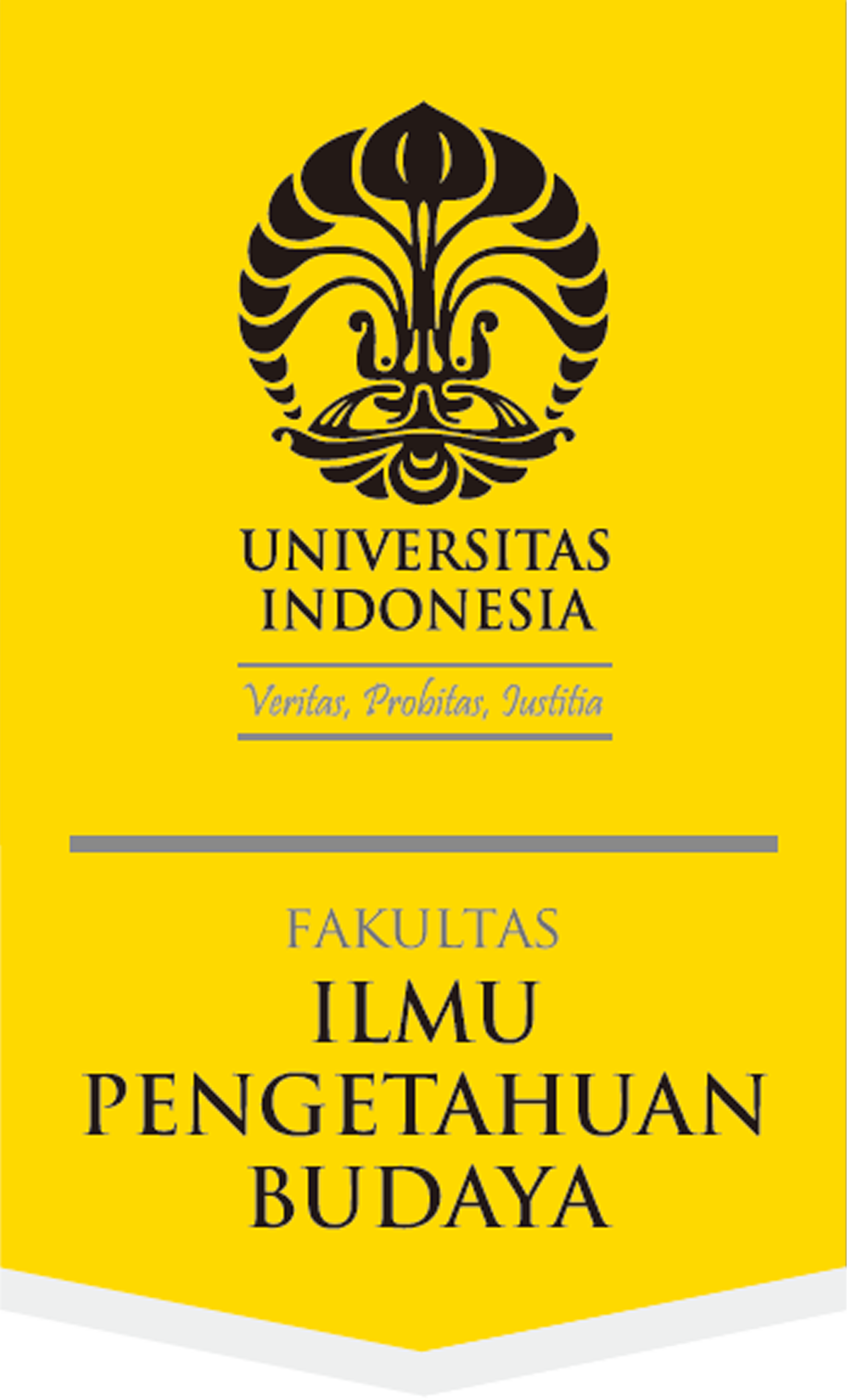Abstract
In eastern Flores, on the Tanjung Bunga peninsula (among Western Lamaholot speakers), several times a year, ritual narratives (opak) are performed on a square dancing area, where all the clans of the same ceremonial land meet. Three types of narrative are sung, according to three kinds of rituals. The article explains the context, content and performance details of these stories, performed all night long. Why do the various clans continue to sing all these narrative? What values do these long poems have for people who sing them? Until now, studies on this subject have been remarkably few, and not even a partial transcription or translation of these narratives is available. This article offers a preliminary insight into these sung narratives, to show how vital they still are in eastern Flores.
References
Acri, Andrea. 2014. “Birds, bards, buffoons, and Brahmans; (Re)tracing the Indic roots of some ancient and modern performing characters from Java and Bali“, Archipel 88: 13-70.
Arndt, Paul. 1938. “Demon und Padzi, die Feindlichen Brüder des SolorArchipels “, Anthropos XXXIII: 1-58.
Arndt, Paul. 1940. Soziale Verhältnisse auf Ost-Flores, Adonara und Solor. Münster: Aschendorffsche Verlagsbuchhandlung.
Arndt, Paul. 1951. Religion auf Ostflores, Adonara and Solor. Wien-Mödling: St. Gabriel.
Arndt, Paul. 2002. Demon dan Paji; Dua bersaudara yang bermusuhan di kepulauan Solor. Maumere: Puslit Candraditya. [Seri Etnologi Candraditya no. 1.]
Barnes, Robert. 1982. “The Majapahit dependency Galiyao“, Bijdragen tot de Taal-, Land- en Volkenkunde 138: 407-412.
Barnes, Robert. 1993. “Lamaholot“, in: P. Hockings (ed.), Encyclopedia of World Cultures 5, pp. 154-157. Boston: G.K. Hall and Co.
Barnes, Robert. 2005. “A ritual resurgence in Eastern Indonesia“, Anthropos 100: 359-377.
Barnes, Robert. 2011. “New village temple in Witihama, Adonara, Indonesia“, Anthropos 106(2): 379-396.
Barnes, Ruth. 1987. “Weaving and non-weaving among the Lamaholot“, Indonesia Circle 42: 17-31.
Benamou, Marc. 2010. Rasa; Affect and intuition in Javanese musical aesthetics. New York: Oxford University Press.
Dumézil, Georges. 1995. Mythe et épopée. Paris: Gallimard.
Fox, James J. (ed.). 1988. To speak in pairs: Essays on the ritual languages of eastern Indonesia. Cambridge: Cambridge University Press.
Fox, James J. 2006. “Genealogy and topogeny; Toward an ethnography of Rotinese ritual place names“, in: J. Fox (ed.), The poetic power of place; Comparative perspectives on Austronesian ideas of locality, pp. 89-100. Canberra: Pacific Linguistics, Research School of Pacific and Asian Studies, Australian National University.
Fox, James J. 2014. Explorations in semantic parallelism. Canberra: ANU Press.
Friedberg, Claudine. 2011. “O imaginário e as praticas nas relações com os outros seres; Algumas pistas de reflexão com base em dados timorenses”, in: Kelly Silva and Lucio Sousa (eds), Ita maun alin ... O livro do irmão mais novo; Afinidades Anthropologicas em torno de Timor-Leste, pp. 46-61. Lisbon: Edições Colibri.
Graham, Penelope. 1991. To follow the blood; The path of life in a domain of eastern Flores, Indonesia. PhD Thesis, Australian National University.
Kohl, Karl-Heinz. 2009. Raran Tonu Wujo; Aspek-aspek inti sebuah budaya lokal di Flores Timur. Maumere: Penerbit Ledalero.
Keraf, Gregorius. 1978. Morfologi dialek Lamalera. Ende: Arnoldus.
Kunst, Jaap. 1942. Music in Flores; A study of the vocal and instrumental music among the tribes living in Flores. Leiden: E. J. Brill. [Internationales Archiv Für Ethnographie, 42, Supplement.]
Lewis, Douglas. 1988. People of the source; The social and ceremonial order of Tana Wai Brama on Flores. Dordrecht-Holland: Foris.
Liwun, P. P. 1986. Usaha mempertemukan upacara lodong ana’ dengan inisiasi Kristen. Maumere: Sekolah Tinggi Filsafat Katolik Ledalero.
Messner, Gerald Florian. 1989. “Jaap Kunst revisited. Multipart-singing in three east florinese villages fifty years later, a preliminary investigation“, The World of Music 31(2): 3-48.
Nong, P. Petrus. 2009. Nitun wai matan: Mitologi Lamaholot tentang saudari air. Maumere: Penerbit Ledalero.
Pampus, Karl-Heinz. 2001. Mué moten koda kiwan: Kamus bahasa Lamaholot; Dialek Lewolema, Flores Timur. Frankfurt am Main: Frobenius-Institut.
Rappoport, Dana. 2010a. “L’énigme des duos alternés à Flores et Solor (Lamaholot, Indonésie)“, Archipel 79:215-256.
Rappoport, Dana. 2010b. “Audio Disc: Indonesia: Songs from the islands of Flores and Solor/ Indonésie: chants des îles de Flores et Solor”, in: Archives internationales de musique populaire (AIMP) XCV. Lausanne: VDE-Gallo.
Rappoport, Dana. 2011. “To sing the rice in Tanjung Bunga (eastern Flores, Indonesia)”, in: B. Abels (ed.), Austronesian soundscapes; Performing arts in Oceania and Southeast Asia, pp. 103-131. Amsterdam: Amsterdam University Press.
Rappoport, Dana. 2013. “Sound archives; Indonesia: eastern Flores, Solor, Adonara, Lembata, sound recordings 2006-2007”. [Http://archives.cremcnrs.fr/archives/collections/CNRSMH_I_2007_006/]
Rappoport, Dana. 2014. “Songs and sorrow in Tanjung Bunga; Music and the myth of the origin of rice (Lamaholot, Flores, Indonesia)”, Bijdragen tot de Taal-, Land- en Volkenkunde 170 (2-3): 215-249.
Rappoport, Dana. 2015. “Musique et rituel dans l’Est insulindien (Indonésie orientale et Timor-Leste): premier jalons“, Archipel 90 (2015): 275-306.
Rappoport, Dana. Forthcoming. “Singing in dangerous places (Flores, Lamaholot, Indonesia) “.
Steenbrink, Karel. 2003. Catholics in Indonesia 1808-1942; A documented history; Volume 1: A modest recovery 1808-1903. Leiden: KITLV Press.
Taum, Yapi Yoseph. 1996. Kisah Wato Wele-Lia nurat dalam tradisi puisi lisan Flores Timur. Jakarta: Yayasan Obor Indonesia and Yayasan Asosiasi Tradisi Lisan.
Waterson, Roxana. 1993. The Living House; An anthropology of architecture in South-East Asia. Singapore: Oxford University Press.
Yampolsky, Philip. 1995. “Vocal and instrumental music from East and Central Flores (Music of Indonesia, 8)”. [Smithsonian Folkways Recordings.]
Recommended Citation
Rappoport, Dana
(2016)
"Why do they (still) sing stories? Singing narratives in Tanjung Bunga (eastern Flores, Lamaholot, Indonesia),"
Wacana, Journal of the Humanities of Indonesia: Vol. 17:
No.
2, Article 2.
DOI: 10.17510/wacana.v17i2.439
Available at:
https://scholarhub.ui.ac.id/wacana/vol17/iss2/2









